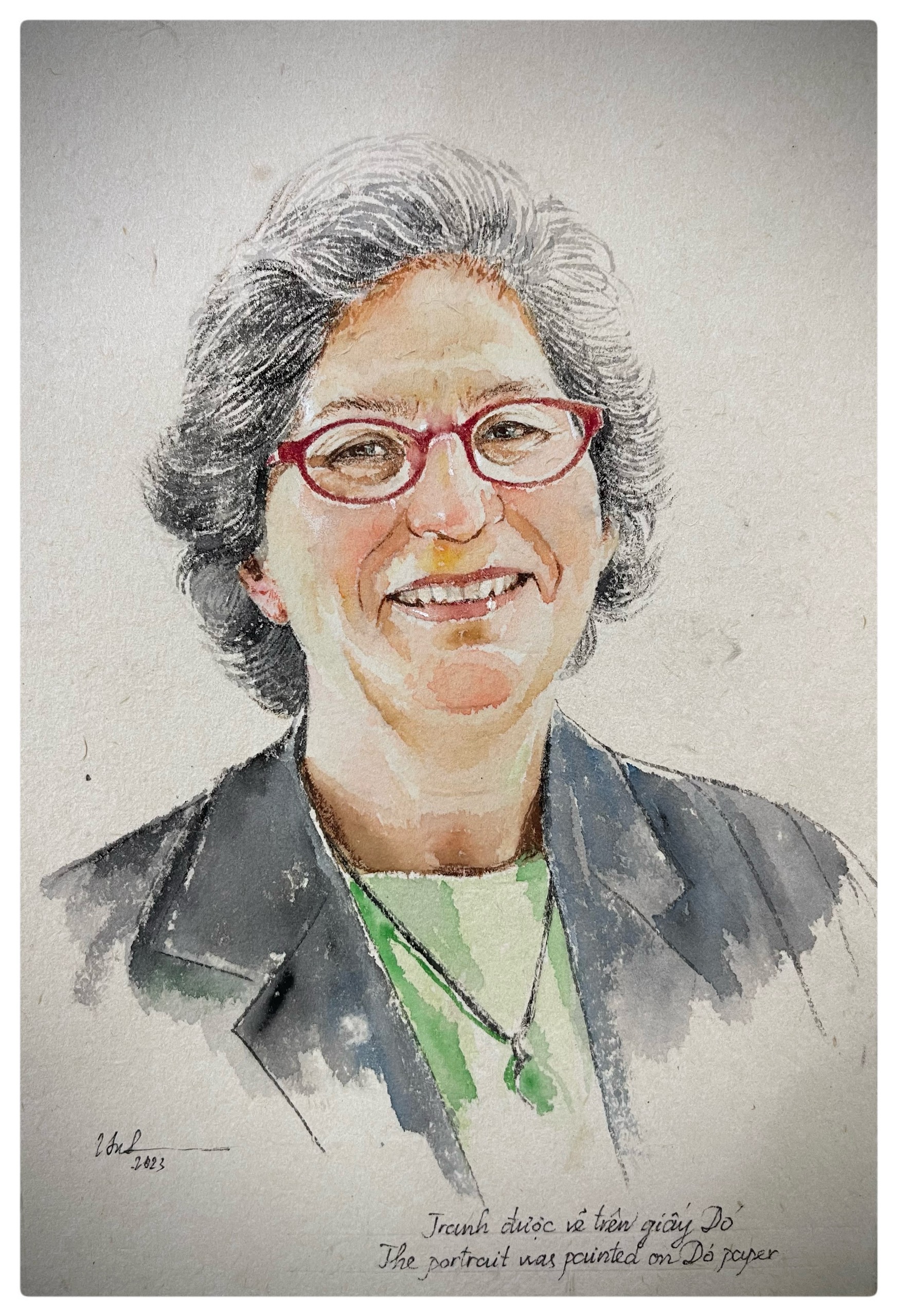AFFILIATION
Massachusetts Institute of Technology, USA
SUMMARY OF WINNING ENTRY
The discovery of the ozone depletion mechanism in Antarctica, contributing to the establishment of the Montreal Protocol
Professor Susan Solomon is a pioneering scientist in the field of atmospheric chemistry with groundbreaking contributions that have expanded humanity’s understanding of the ozone layer depletion phenomenon and the role of chlorofluorocarbons (CFCs) in this process. Stemming from early calculations by Professor Mario Molina and Sherwood Rowland in 1974, the hypothesis about the impact of CFCs on the ozone layer garnered widespread scientific attention and underwent extensive research over the years. However, it wasn’t until 1986-1987 that this hypothesis was convincingly proved by Professor Solomon’s experiments in Antarctica, which gathered reliable evidence about a particularly large ozone hole caused by CFCs in this region. The experiments also confirmed her earlier hypothesis that the high density of stratospheric clouds in Antarctica created an electromagnetic attraction with CFCs. These experimental findings subsequently galvanized global efforts leading to the birth of the Montreal Protocol. This is one of the most successful international agreements in addressing global environmental issues, achieving worldwide consensus to phase out substances harmful to the ozone layer like CFCs. Furthermore, Solomon’s extensive explorations have also enriched our understanding of climate dynamics, focusing on atmospheric chemistry, climate feedback mechanisms, and human-induced changes to global temperatures. Her profound insights and influential leadership have sculpted scientific paradigms and international policies, contributing immensely to global environmental protection efforts.
SCALE OF IMPACT
In 2016, Professor Solomon and her colleagues published results showing that the ozone hole had shrunk by more than 4 million square kilometers compared to its peak in 2000 and would fully recover in the coming decades. The implementation of the Montreal Protocol has also significantly reduced global greenhouse gas emissions. The most evident proof is that, between 1990-2010, the control measures of the Montreal Protocol has been estimated to help reduce emissions equivalent to 135 billion tons of CO2 – five times the annual target set by the Kyoto Protocol for the 2008-2012 period. Along with other climate change agreements, the Montreal Protocol has made a substantial contribution to the protection of the global climate system and is expected to prevent an additional 100-200 billion tons of CO2 emissions by 2050, potentially reducing the global temperature increase from 2-5°C to 0.5°C by 2100. In addition to environmental benefits, protecting the ozone layer also brings about significant health benefits. According to estimates from the United States Environmental Protection Agency, just within the its border, by 2100, the full implementation of the Montreal Protocol can prevent up to 443 million cases of skin cancer, reduce 2.3 million deaths from the disease, and prevent 63 million cataract cases.
MEANINGFUL CHANGE
Professor Susan Solomon’s work had a transformative influence on atmospheric science and international environmental protocols. By proving and addressing urgent environmental issues, her work has brought about fundamental changes in the field of environmental protection and the reduction of climate change impacts. Moreover, the recovery of the ozone layer is fundamental for sustaining life on earth, making her contributions vital in the quest to preserve biodiversity and ecological balance.








